
What is travertine tile?
What is travertine tile?
Travertine tile is a natural stone with beautiful variations. Sourced from quarries around the world, travertine tiles bring a touch of nature to your home. With a wide range of styles and colors, you can easily find the perfect solution for your indoor and outdoor flooring.
Classic Travertine Flooring
With over 100 styles and colors of travertine tile, you can easily find the perfect solution for your indoor and outdoor floors.
A classic found even in modern homes
Already recognized as one of the best-selling building materials on the market, travertine tile is growing in popularity every year. This chic and durable limestone is formed by mineral deposits from hot springs or limestone caves, and is cut from quarries around the world. Travertine tiles feature classic neutral colors and unique natural patterns that can give your kitchen, bathroom or other spaces an air of sophistication and elegance.
Give your home a facelift
Travertine stone is a sedimentary rock with a distinctive feel and texture that has a rich architectural history. The Romans used it to build the Colosseum, and it is also found on the walls of castles, churches, monuments, bath complexes and aqueducts around the world. Natural travertine tile colors range from ivory and golden hues to salmon, soft beiges and browns.
A natural stone finish
Each tile is uniquely shaped by nature with striking patterns, crevices and distinctive veins. Travertine tiles are available in a variety of matte or glossy finishes; options include honed filled, honed unfilled, brushed, drummed and polished finishes. With travertine flooring, you can create a classic, timeless look for your own corner of the world with a natural, neutral color palette that will stand the test of time and complement any decor. Use it for interior floors, paved patios and garden paths.
Benefits of travertine flooring
Affordable luxury: Travertine tiles offer a rich look at a reasonable price.
Durability and longevity: Natural stone is stronger than man-made tiles and offers decades of beauty.
Versatility: Travertine tiles blend easily with accent colors and virtually any style of décor.
Value Added: Travertine flooring is an excellent investment that increases the aesthetic appeal and market value of your home.
Relatively low maintenance: It is easy to clean and requires only periodic resealing.
Practical choice: Stone is an excellent option for high-traffic areas.
Unique look: No two travertine tiles are alike.
Easy to work with: Tiles are easier to handle, especially when cutting small pieces.
Unglazed/colored throughout: The uniform color of each layer of tile makes nicks and chips less visible.
Flexible replacement: Natural color variations make it easy to replace tiles.
Travertine is one of the most popular types of natural stone flooring for many reasons, including its beauty and durability. It is a type of limestone rock formed when minerals dissolve in groundwater and are eventually moved by springs above ground. This type of stone is available in a wide variety of earth tones such as beige, rust, browns.
6 reasons why travertine is a great choice for your indoor or outdoor tiling.
1. Timeless appeal
Travertine has a timeless beauty and appeal that is hard to match. It has been used in architecture and design since Roman times, where it was used to build staircases, temples, monuments and amphitheaters like the Colosseum, which is made almost entirely of travertine. Travertine offers a distinct and classic appearance with light shades of gray, white, gold, dark brown and light brown and sometimes darker shades of rusty red. One of the most appealing aspects of travertine is its unique appearance due to rainwater.
2. Many finishes to prevent slipping
In addition to choosing the right shade of stone, you can also customize the look of your floors with several types of finishes. Travertine stone can be unfilled or filled, which increases durability. Polished travertine offers a flat, smooth finish that is stain resistant but slippery. Honed travertine is the most popular option for floors, as it is flat polished but not glossy. Both drummed and brushed travertine offer textured surfaces with muted colors that do not reflect light. If you choose drummed, brushed or honed travertine, it will be even more important to seal your stone to prevent staining.
3. An elegant and distinctive stone
Travertine comes in many forms and can be used on different surfaces such as tile flooring, shower trays, sinks, wall facings and countertops. This makes it easier to design a cohesive bathroom during a renovation. You may enjoy the seamless look of a travertine shower that blends right in with the travertine floors, or you may prefer the look of travertine countertops that match your floors.
4. Relatively low maintenance
Travertine requires a little more maintenance than some types of flooring, but by using the right cleaning products and regularly sealing your travertine, maintenance becomes a breeze. Travertine should be swept often to prevent debris from scratching the floors. Always wipe up spills immediately to prevent staining, as the stone is porous. To avoid damage to the stone, never use acidic or alkaline cleaning products. If you already know how to clean granite and natural stone floors, cleaning travertine is essentially the same process.
5. Long-term durability
Like most types of natural stone, travertine is very durable and stands up well to heavy foot traffic. Travertine has a hardness comparable to marble, but is able to withstand extreme temperature changes, unlike other types of stone. This makes it the ideal choice for indoor and outdoor spaces, such as patios. If you choose a filled travertine and seal it regularly, it will be virtually stain and waterproof.
6. Lower cost than other types of stone
If cost is a concern but you still want the beauty of natural stone, travertine is a good choice. While travertine is still a luxury flooring, it tends to be more affordable than marble or granite flooring.
7. Imitation travertine tiles for a controlled budget and easy maintenance :-)
Travertine tiles are timeless, elegant and distinctive, but they require specialized sealing and maintenance. Fortunately, technological advances in recent years have allowed the creation of tiles that perfectly mimic travertine tiles and mosaics. If you're worried about the maintenance of real travertine stone, it's time to take a look at our imitation travertine tile collections.
How to clean the travertine floor?
Frequency of cleaning a travertine floor
Regular sweeping or vacuuming, as well as mopping, should be done weekly on travertine floors, or whenever the surface is visibly dirty. Sweeping or vacuuming the floor will remove small particles that can cause light abrasion marks on the tile surface. Over time, these tiny particles can wear away the luster and finish of the material while removing the protective sealant layer, leaving the stone underneath vulnerable to fading and staining. In addition to regular cleaning, there are three other components to cleaning and maintaining travertine floors:
Disinfect floors during monthly maintenance.
Clean grout lines every few months, depending on how dirty your floor is.
Seal the travertine surface every three to five years according to most stone flooring manufacturers, although harsh chemicals and heavy use can wear away the sealant faster than that, requiring additional applications.
What you'll need:
Equipment / Tools
Broom or vacuum cleaner
Mop or sponge
Mop bucket
Towels
Small narrow scrub brush for grout
Materials
1 tablespoon of mild, non-acidic dish soap
Baking soda
Warm water
Stone cleaner (optional)
Instructions
Sweep or vacuum the floor
Sweep or vacuum the floor to remove small dirt particles and grit.
Mop the floor
Apply a small amount of warm water to the floor with a sponge or almost wrung-out mop so that the travertine surface is barely damp. Do not saturate travertine tiles with water, as it can penetrate past the sealer or into the grout lines, causing discoloration, degradation and mold growth.
Disinfecting the floor
If it's time to disinfect the floor, add a tablespoon of mild, non-acidic dish soap to your cleaning water. Damp mop the floor with this solution. Mop a second time with clean water to remove any residue that may remain. It is also recommended to wipe the surface with a towel.
Cleaning grout lines
Cleaning the grout lines around travertine tiles can be tricky because you don't want to damage the stone, but you do need an abrasive product to clean the grout lines. If the joints need to be cleaned, mix equal parts baking soda and water to make a gritty paste. Carefully rub this slightly abrasive paste into the grout with a small brush, avoiding scratching or etching the edges of the tile with the tool. Also try cleaning the grout with a specially formulated stone cleaner (approved for use on travertine).
Tips for Sealing Travertine Flooring
The surface of natural travertine has microscopic pores that give it a rustic look, but they can also absorb liquids, leading to staining, discoloration, material degradation and mold growth. To combat this, make sure the material is properly sealed during and after installation, and periodically throughout its life.
Types of waterproofing products
There are two types of sealants used for travertine floors. The first is a deep penetrating product that seeps into the pores and clogs them, preventing moisture from invading the stone. A surface barrier sealer can then be used to create a clear coating on the tiles to prevent spills from causing discoloration. Once the initial subsurface sealer is brushed on, a surface barrier coating can be reapplied every few years to maintain the treatment.
Effects of Sealers on Color
Travertine tiles tend to be light in color, but the addition of a sealer can deepen these hues and give them a slightly glossy appearance. Some people like this look, and if that's the effect you're going for, you can reapply the sealer frequently. However, others prefer an aged look that can be achieved by using the sealer less frequently.
Tips for keeping your travertine tiles clean longer
To maintain travertine, simply use mild cleaners and care for the joints. Never use abrasive chemical cleaners or acidic products to maintain travertine floors. Travertine stone is by nature an alkaline substance, and it can stain and discolor if it comes into contact with acidic substances.
The joint lines between tiles are the most vulnerable points in your travertine floor installation, as these spaces are susceptible to water intrusion, staining, discoloration, and dark, unsightly, unhealthy mold growth. Do not use commercial grout cleaners used for ceramic tiles, as they often contain bleaching agents that can attack travertine stone.
If necessary, grout lines can also be completely removed and replaced, which can make your flooring installation look brand new and revitalized. While replacing grout lines can be moderately difficult, it is a much easier and less expensive option than
easier and less expensive option than completely replacing a travertine floor.
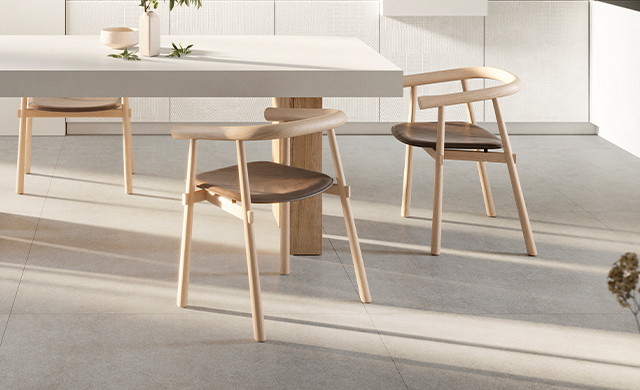



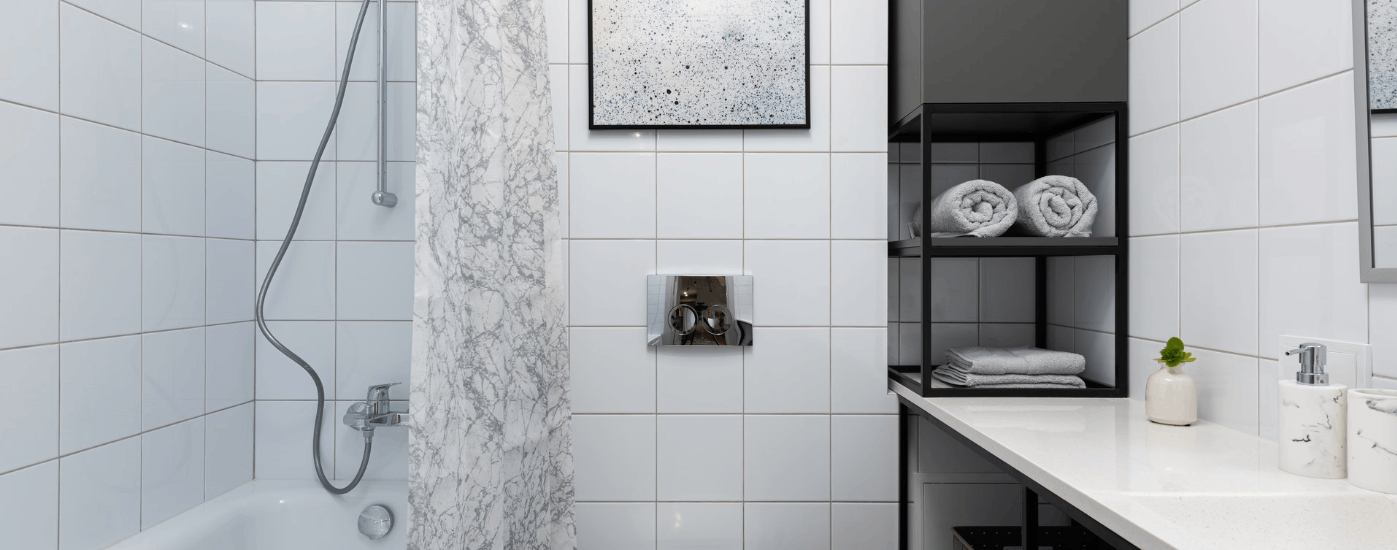
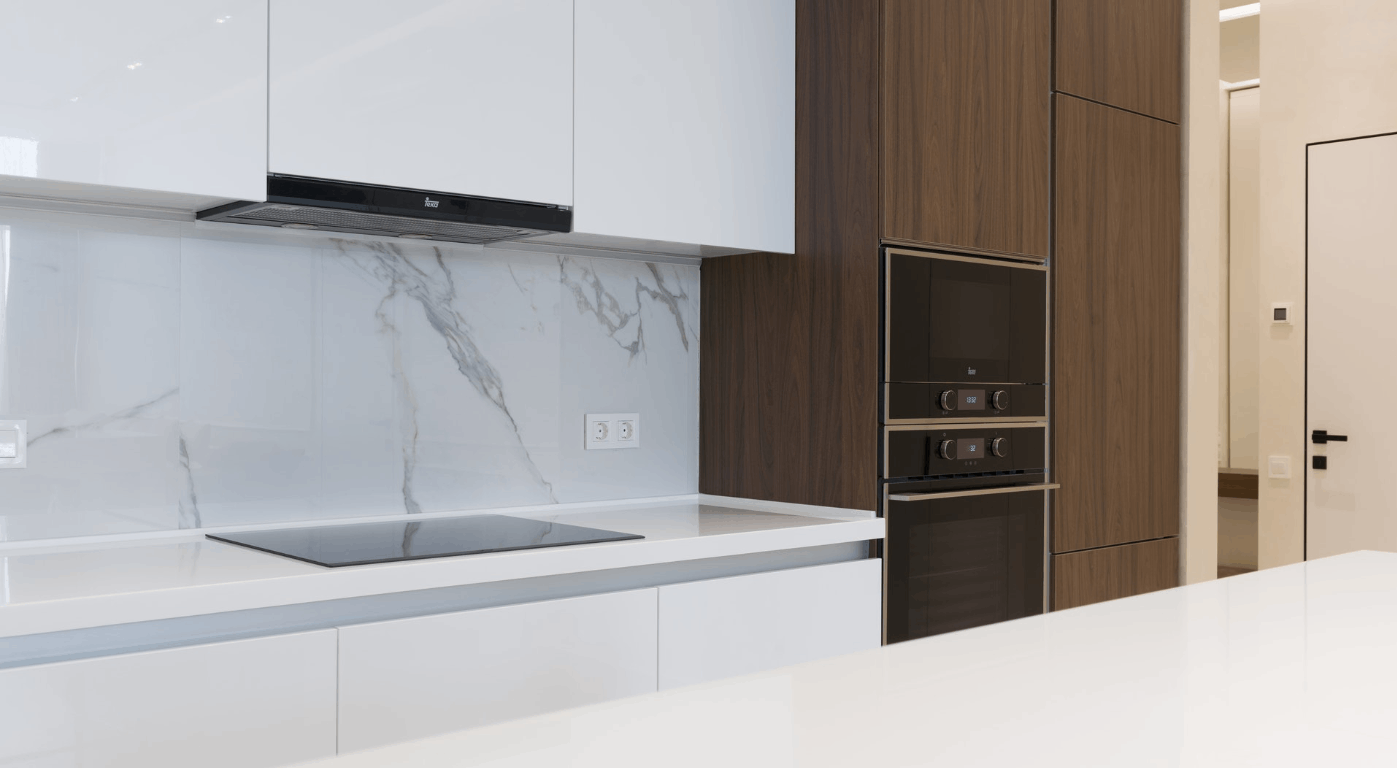
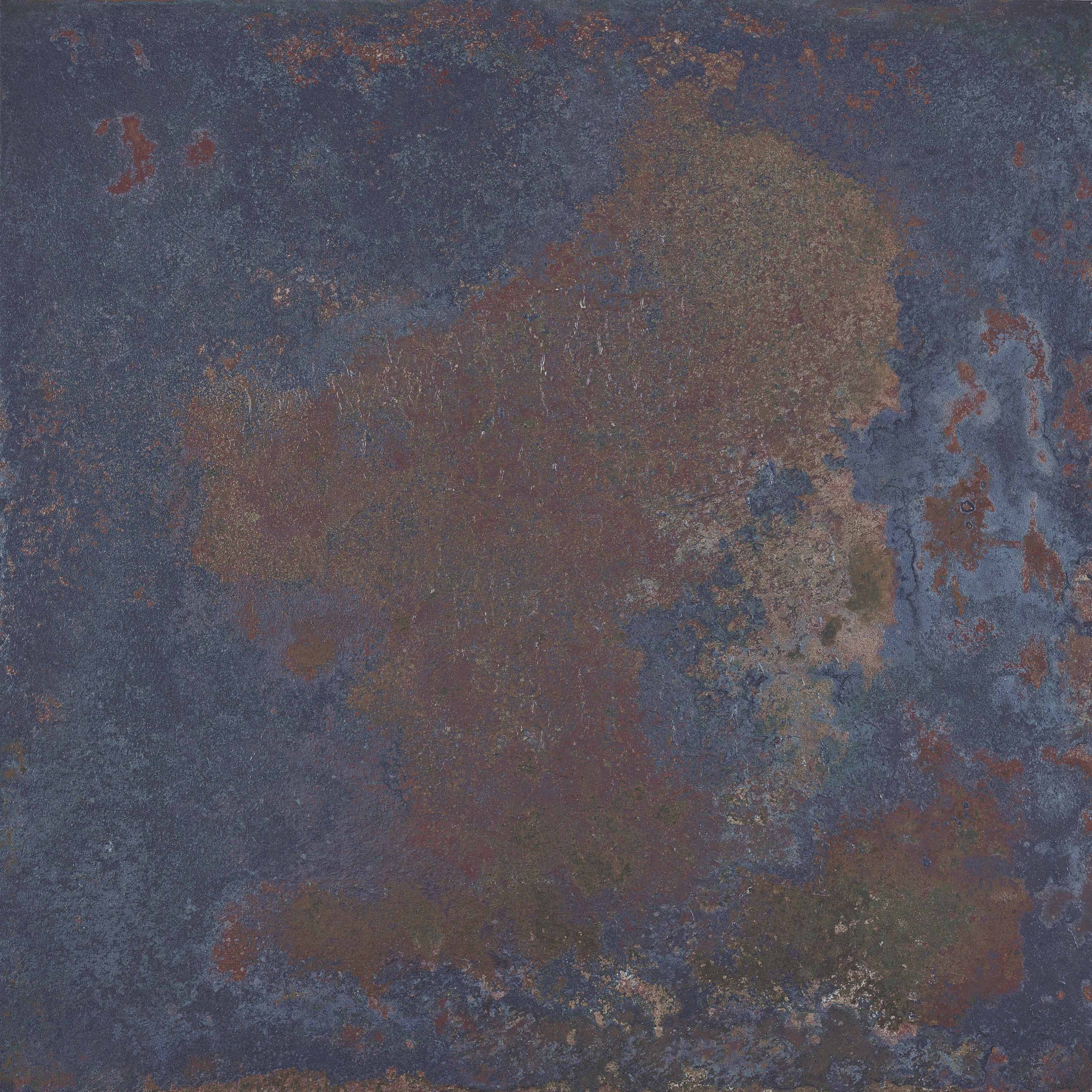
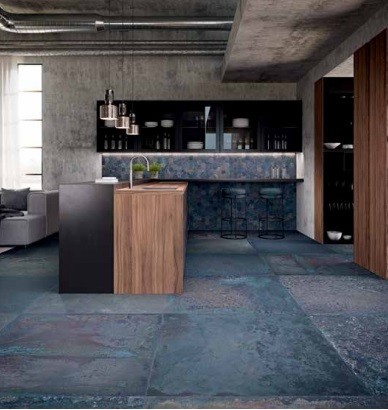
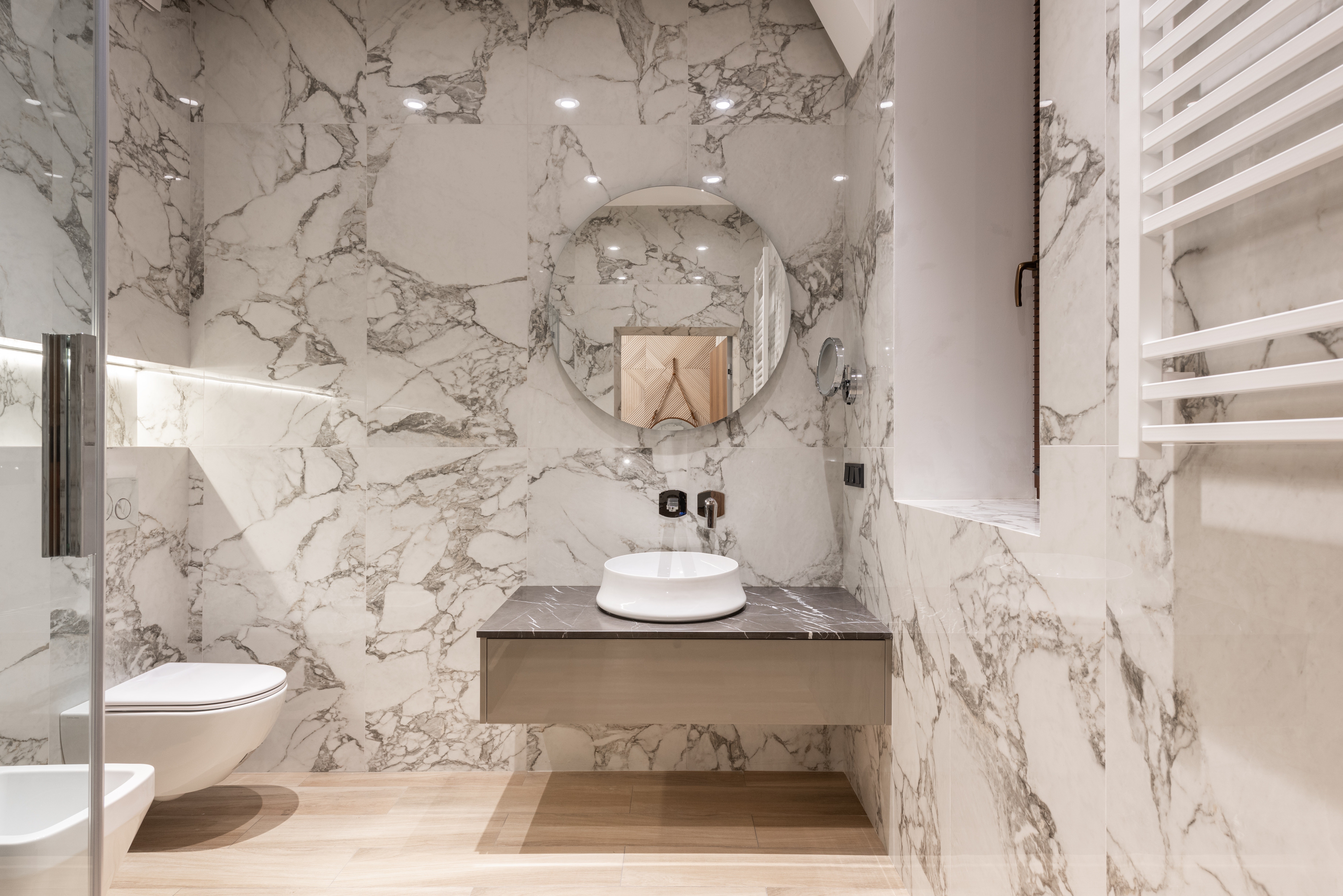
je souhaite laisser un commentaire